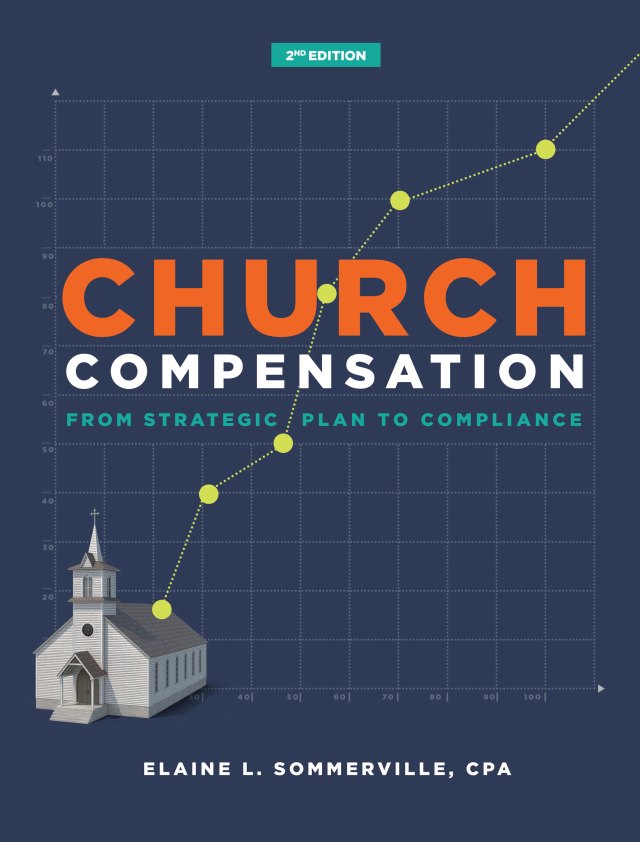In re Worldcom, Inc. 2007 WL 896823 (S.D.N.Y. 2007)
Background. A “rabbi trust” is a retirement plan used by some churches and secular employers to set aside funds for an employee’s retirement. Rabbi trusts typically are created for persons who are approaching retirement. One of the advantages of a rabbi trust is that the annual contribution limits that apply to tax-sheltered annuities and qualified pension plans do not apply. This allows employers to set aside more substantial amounts for an employee’s retirement.
The IRS has ruled that amounts set aside by employers in a rabbi trust on behalf of an employee are not currently taxable to the employee so long as certain requirements are met. One requirement is that the trust is subject to a “substantial risk of forfeiture.” A “substantial risk of forfeiture” includes making the funds set aside in a rabbi trust subject to the employer’s general creditors. A federal court in New York addressed this aspect of rabbi trusts in a recent case.
Facts. An employer created a rabbi trust plan that allowed key employees to defer any or all of their compensation until a later date. One director (the “taxpayer”) elected to defer 100% of her compensation into a rabbi trust and receive ten annual pro rated distributions beginning in ten years. Within ten years, however, the employer filed for bankruptcy, and its creditors asserted a claim to the principal and interest in the rabbi trust which amounted to nearly $400,000. The taxpayer filed a lawsuit in federal court in an attempt to establish her legal right to the entire amount in her rabbi trust.
The court ruled that the taxpayer had no right to her account balance, and ordered it to be transferred to the bankruptcy trustee for distribution to the employer’s creditors. The court noted that rabbi trusts allow employees to defer their tax liability on deferred compensation until distribution if trust assets remain the property of the employer, and subject to the employer’s creditors. As a result, unless an employee’s right to receive money from such a trust is “subject to substantial limitations or restrictions rather than being his to draw on any time, the employee must include any contribution to the trust and any interest or other earnings from the trust in his taxable income in the year in which the contribution was made or the interest earned.”
Relevance to church leaders. This case highlights an important feature of rabbi trusts. Such trusts are commonly used by secular corporations, and are increasingly being used by churches and other nonprofit employers. They generally are irrevocable and do not permit the employer to use the assets for purposes other than payments to the employee. But, as this case illustrates, a rabbi trust is not taxable to the employee until the assets are distributed only if the trust is subject to a “substantial risk of forfeiture” which generally means that the trust is subject to the claims of the employer’s creditors.
Resource. Rabbi trusts are addressed fully in chapter 10 of Richard Hammar’s 2007 Church & Clergy Tax Guide. This chapter also reproduces the “model” rabbi trust agreement created by the IRS. It contains language necessary to avoid having contributions taxed to the employee in the year they are made.
Key point. The American Jobs Creation Act of 2004 added section 409A to the tax code. Section 409A provides that all amounts deferred under a nonqualified deferred compensation (NQDC) plan for all tax years are includible in taxable income for the current year unless certain requirements specified in section 409A are met. In addition, there are two new reporting requirements: (1) Amounts required to be included in taxable income because the requirements of section 409A are not met are required to be reported on an individual’s Form W-2 for the year includible in income. This is done in box 12 of Form W-2, using the new code “Z” (this amount is also included in box 1). (2) Employers are required to report amounts deferred under a NQDC. Such amounts must be reported on an individual’s Form W-2 for the year deferred even if the amount is not currently includible in income for that taxable year. This is done in box 12 of Form W-2, using the new code “Y.” The congressional conference committee report to section 409A states, “It is expected that annual reporting of annual amounts deferred will provide the IRS greater information regarding such arrangements for enforcement purposes. It is intended that the information reported would provide an indication of what arrangements should be examined and challenged.” One of the most common types of NQDC is a rabbi trust.
Example. The IRS ruled that a rabbi trust established by a church for some of its employees, and that conformed to the model rabbi trust published by the IRS in 1992, was “owned” by the church and therefore the church’s periodic contributions to the trust and trust earnings did not result in current taxable income to the trust beneficiaries. The IRS stressed that (1) the trust was revocable; (2) the trust document did not contain any language inconsistent with the language of the model IRS rabbi trust agreement; (3) the trust was a valid trust under state law and that all of the material terms and provisions of the trust, including the creditors’ rights clause, were enforceable under state law; (4) an employee’s rights to benefits under the trust were not subject in any manner to attachment or garnishment by his or her creditors; (5) the trust did not provide for any distributions to an employee prior to retirement or voluntary termination. Under the terms of the church’s rabbi trust, employees forfeited any rights under the trust if they were terminated for cause or resigned without the church’s consent. IRS Letter Ruling 200434008 (2004).
This article first appeared in Church Treasurer Alert, August 2007.
